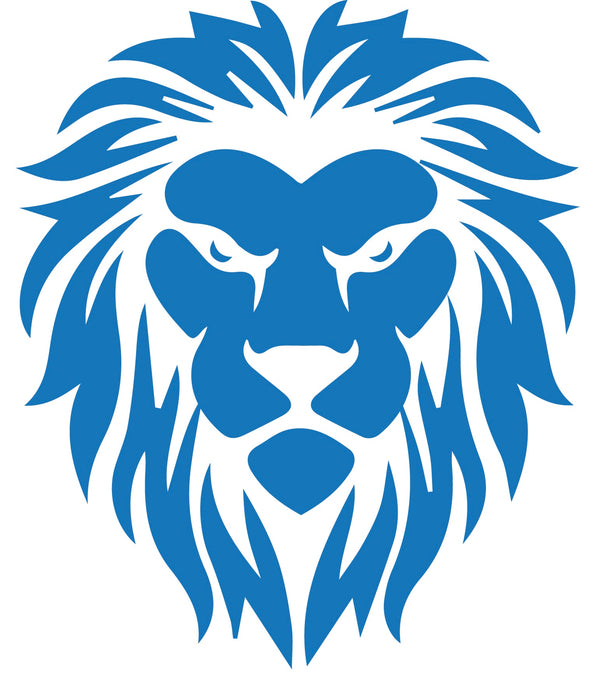Acute lymphoblastic leukemia (ALL) is the most common type of childhood cancer, accounting for nearly 30% of all pediatric cancers. While a leukemia diagnosis can be overwhelming for families, early detection, supportive care, and advancements in treatment have significantly improved survival rates.
What is Acute Lymphoblastic Leukemia (ALL)?
ALL is a cancer of the bone marrow and blood. It occurs when the body produces a large number of immature lymphocytes (a type of white blood cell), crowding out healthy cells and impairing the immune system.
Key Facts:
-
Most common in children aged 2–5 years
-
Boys are slightly more affected than girls
-
About 3,000 children are diagnosed with ALL each year in the U.S.
-
With current treatments, the 5-year survival rate exceeds 90% for children
Symptoms of ALL
Symptoms may develop rapidly over a few weeks. Common signs include:
-
Fatigue or weakness
-
Fever without known cause
-
Frequent infections
-
Bone or joint pain
-
Pale skin
-
Easy bruising or bleeding
-
Swollen lymph nodes, liver, or spleen
-
Loss of appetite or weight loss
-
Shortness of breath
If your child shows persistent or multiple symptoms, consult a pediatrician for evaluation and possible referral to a specialist.
Causes and Risk Factors
The exact cause of ALL is unknown, but several factors may increase risk:
-
Genetic disorders (e.g., Down syndrome)
-
Exposure to high doses of radiation
-
Having a sibling with leukemia
-
Certain inherited gene mutations
However, in most cases, children with ALL have no known risk factors, and nothing could have prevented the disease.
Diagnosis and Treatment
Diagnosis is typically made through:
-
Blood tests
-
Bone marrow biopsy
-
Genetic testing to classify leukemia subtypes
Treatment includes:
-
Chemotherapy (primary treatment)
-
Targeted therapy
-
Radiation therapy (in select cases)
-
Stem cell transplant (for high-risk or relapsed cases)
Treatment often lasts 2–3 years, with the first few months being the most intensive.
Products That Support Comfort and Wellness During Treatment
Supportive care during leukemia treatment is critical. Here are wellness product recommendations that can offer comfort and help manage side effects:
1. Organic Lip Balm-
Chemotherapy can cause dry lips. A non-toxic, moisturizing balm soothes irritation without harmful ingredients.
Warrior Pick: EOS 100% Natural & Organic Lip Balm
2. Warmies Stuffed Animal-
These heatable plush animals provide gentle warmth and emotional comfort, especially during hospital stays or procedures.
Warrior Pick: Warmies Microwavable & Weighted Stuffed Animal Lion
3. BPA-Free Water Bottle-
Hydration is essential during chemo. Choose a high-quality, BPA-free bottle to encourage fluid intake.
Warrior Pick: Simple Modern Kids Summit Water Bottle with straw 14oz
4. Unscented Non-Toxic Lotion-
Chemotherapy can dry out the skin. Fragrance-free lotions with gentle ingredients help soothe and protect sensitive skin.
Warrior Pick: CeraVe Daily Moisturizing Lotion
5. Acupressure Mat and Pillow Set-
Great for older children or teens experiencing body aches or fatigue from treatment. Promotes circulation and relaxation.
Warrior Pick: Acupressure Mat and Pillow Set
6. Anti-Nausea Ginger Drops or Lollipops-
Natural ginger chews or lollipops can ease nausea—a common chemo side effect.
Warrior Pick: USDA Organic Tummypops Ginger Variety Pack
7. Meal Prep Glass Containers-
Safe, non-toxic glass containers help families prepare nourishing meals, reducing exposure to endocrine-disrupting plastics.
Note: Always consult your child’s medical team before introducing new products during treatment.
Warrior Pick: 10 Pack Glass Meal Prep Containers with Lids
Emotional and Family Support
Leukemia affects the whole family. Support groups, counseling, and age-appropriate educational tools can help children and parents cope.
Consider gift boxes, journals, and relaxation aids that make children feel seen, supported, and empowered throughout their journey.
Visit Warrior Box for more product recommendations that support your journey.
Affiliate Disclosure
Some links on this site are affiliate links, meaning The Warrior Box may earn a commission if you make a purchase through them. As an Amazon Associate, we earn from qualifying purchases. This comes at no additional cost to you — the price you pay remains exactly the same. These commissions help us continue to provide trusted wellness recommendations and resources.
References:
-
American Cancer Society. (2024). Childhood Leukemia. Retrieved from: https://www.cancer.org/cancer/leukemia-in-children.html
-
National Cancer Institute. (2024). Childhood Acute Lymphoblastic Leukemia Treatment (PDQ®). Retrieved from: https://www.cancer.gov/types/leukemia/hp/child-all-treatment-pdq
-
Children’s Oncology Group. (2023). Understanding Leukemia in Children. Retrieved from: https://childrensoncologygroup.org/

